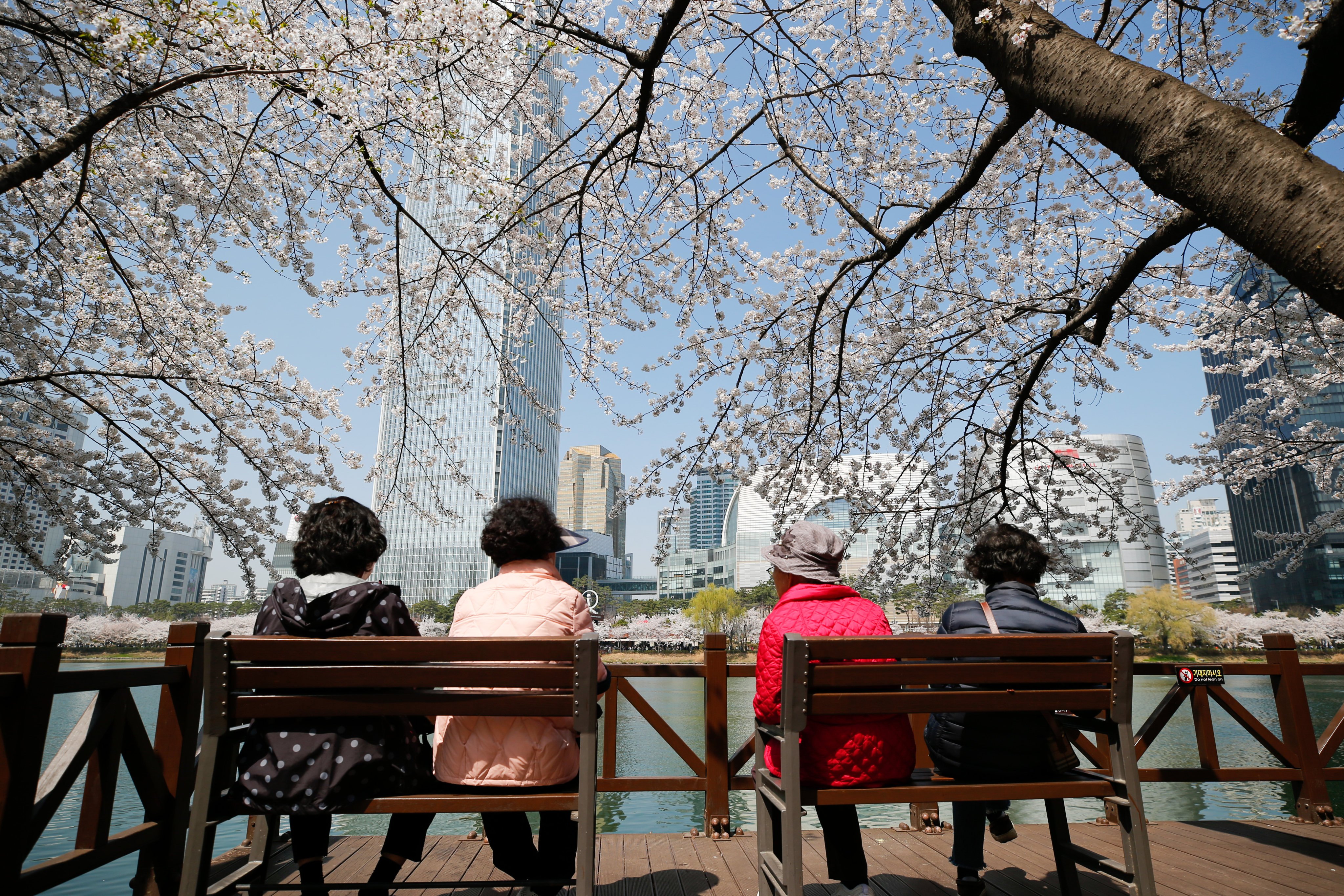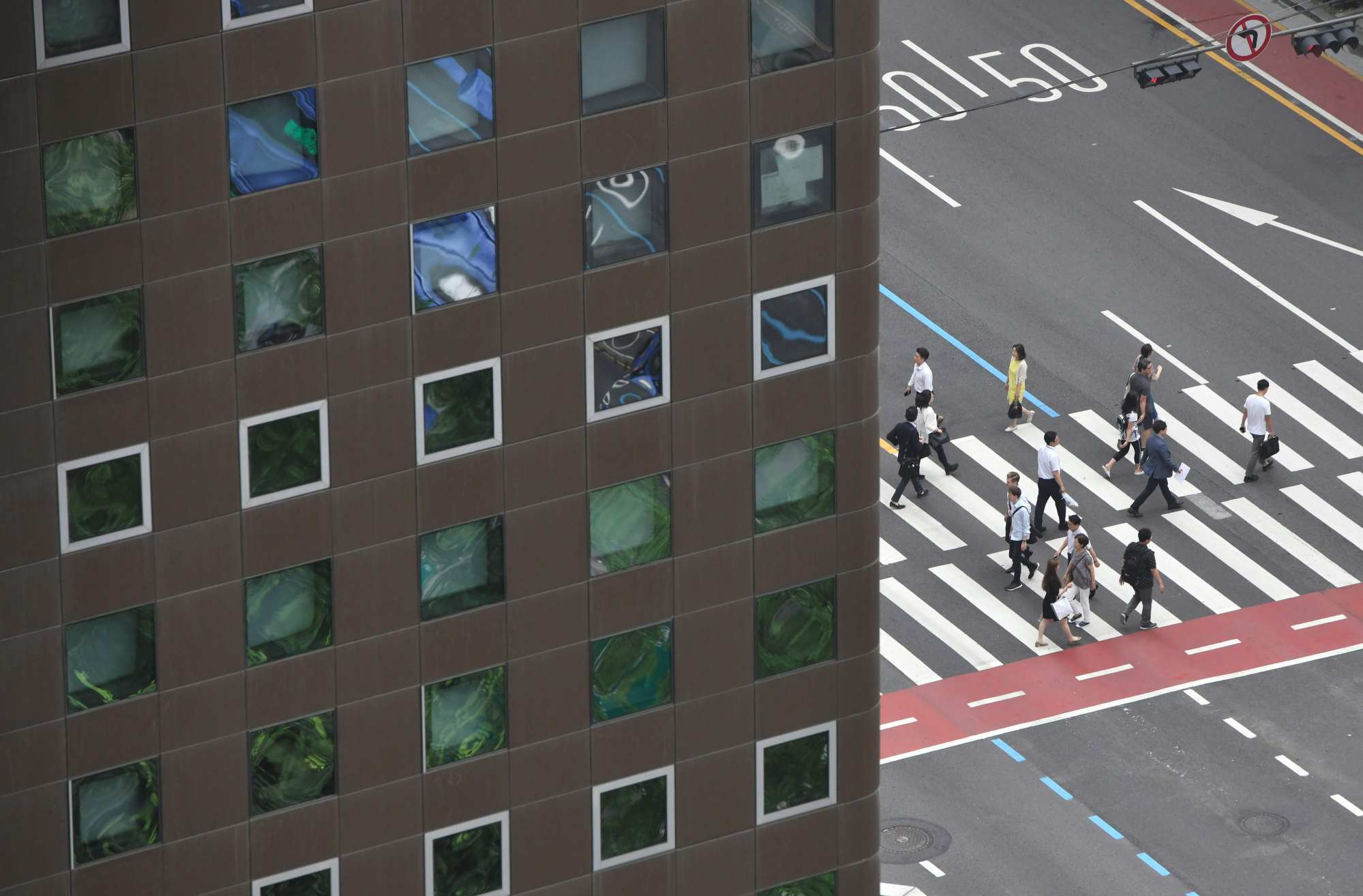Despite setbacks, Seoul’s property market is an example of resilience
While each Asian economy has its nuances, recent South Korean trends offer prime insight for understanding the wider regional market

South Korea has been in the spotlight of late. Earlier this month, Lee Jae-myung, the candidate of the left-leaning Democratic Party of Korea, won a decisive victory in the country’s presidential election. This marked a turning point for Asia’s fourth-largest economy following months of political turmoil stemming from the failed attempt by Lee’s conservative predecessor to impose martial law.
Investors in South Korea’s stock market have been encouraged by Lee’s pledge to implement governance reforms. The election outcome triggered the sharpest rally in stocks in more than four years as traders ramped up bets on a reduction of the “Korea discount”, whereby the Kospi trades at much lower valuations than other major equity markets.
However, more attention should be paid to South Korea’s real estate sector. In both the residential and commercial markets, many of the forces at play epitomise the challenges, opportunities and strengths of the wider Asia-Pacific property market.
In South Korea’s housing market, policymakers face a tricky balancing act. On June 12, Bank of Korea (BOK) governor Rhee Chang-yong summed up the current dilemma confronting many Asian governments and central banks – stimulating growth without causing property markets to overheat and adding to affordability pressures – when he said it was necessary to “break away from the past practice of tolerating excessive investment in real estate”.
Unfortunately, it looks like the damage may already have been done. South Korea’s flat prices – one of the parts of Asia’s real estate market most prone to speculative bubbles – have risen at an annualised rate of 7 per cent since March while household lending in May increased at the fastest monthly pace since September 2024.
In a report on June 12, Nomura said looser financial conditions – the BOK has cut interest rates by one percentage point since October – were fuelling “the housing market rally and driving up household debt”. Perhaps one reason Seoul home values are accelerating again, despite the imposition of restrictions in March requiring buyers to gain approval for property purchases in wealthy districts, is Lee’s intention to address affordability concerns by boosting supply rather than curbing demand.
This is easier said than done. Governments across Asia are struggling to build more homes, encouraging them to resort to demand-side measures to restrain prices. Yet even in Singapore, where supply-demand imbalances are less acute due to a much-admired public housing system, successive rounds of cooling measures have failed to curb prices sufficiently, especially those of second-hand flats in the public housing system.
The development of a professionally managed rental housing market in Seoul is another good exemplification of key drivers in Asian real estate. While Japan is the only country in Asia that has an institutionalised rental housing market, South Korea’s discredited “jeonse” rental system has proved a potent catalyst for increased investment in the living sector.
Jeonse contracts – which require tenants to pay huge lump sums to landlords amounting to 50-80 per cent of a property’s value that are returned after two years – accounted for 60 per cent of Greater Seoul’s rental market as recently as 2020. Starting in 2021, housing prices plummeted. Many landlords struggled to pay back tenants, resulting in a surge in defaults and opening the door to a normal monthly rental system.
Strong demand for purpose-built rental housing in Seoul has emerged as a compelling investment theme. Changes in South Korea’s residential leasing model, coupled with the increase in single-person households, create opportunities for developers and investors. According to JLL, Seoul’s nascent co-living sector – typically studios with a lot of communal space and high-quality amenities – is growing and transforming the city’s residential investment landscape.

In commercial real estate, Seoul’s role as a paragon of resilience in the office sector underscores the dominance and relative strength of offices in Asian commercial property. Less disruption from the pandemic-induced shift to homeworking, strong domestic demand in leasing and investment markets, and a lack of intense competition from the living sector have strengthened the appeal of Asian offices, which have led the global leasing recovery in the sector.
At a time when offices are out of favour with many investors, especially in the US, the sector accounted for 45 per cent of cross-border investment in South Korean commercial property last year. Seoul boasts the lowest vacancy rate among the leading office markets in Asia and recorded one of the region’s strongest rates of rental growth in the first quarter.
Yet while Seoul’s office market is a stand-out performer, Korean institutional investors’ bets on offices in North American and European capitals have backfired due to the much bigger disruption to office markets in Western economies. Last year, South Korea’s outbound investment volumes stood at just US$380 million, mainly because of the “poor performance of existing investments”, CBRE noted.
In fact, it is external threats that pose the biggest challenge for South Korea, attesting to the acute vulnerability of many Asian economies to the onslaught of protectionism. A global powerhouse in several industries, South Korea has one of the highest shares of corporate revenue derived from the US, along with Taiwan and Japan. Trade shocks are damaging to Asia, but they are particularly harmful to South Korea.
To be sure, each economy in Asia has its nuances and idiosyncrasies. Trends and themes in one economy are not necessarily indicative of the forces shaping the region as a whole. But for an insight into some of the key factors driving Asia’s real estate markets, look no further than South Korea.